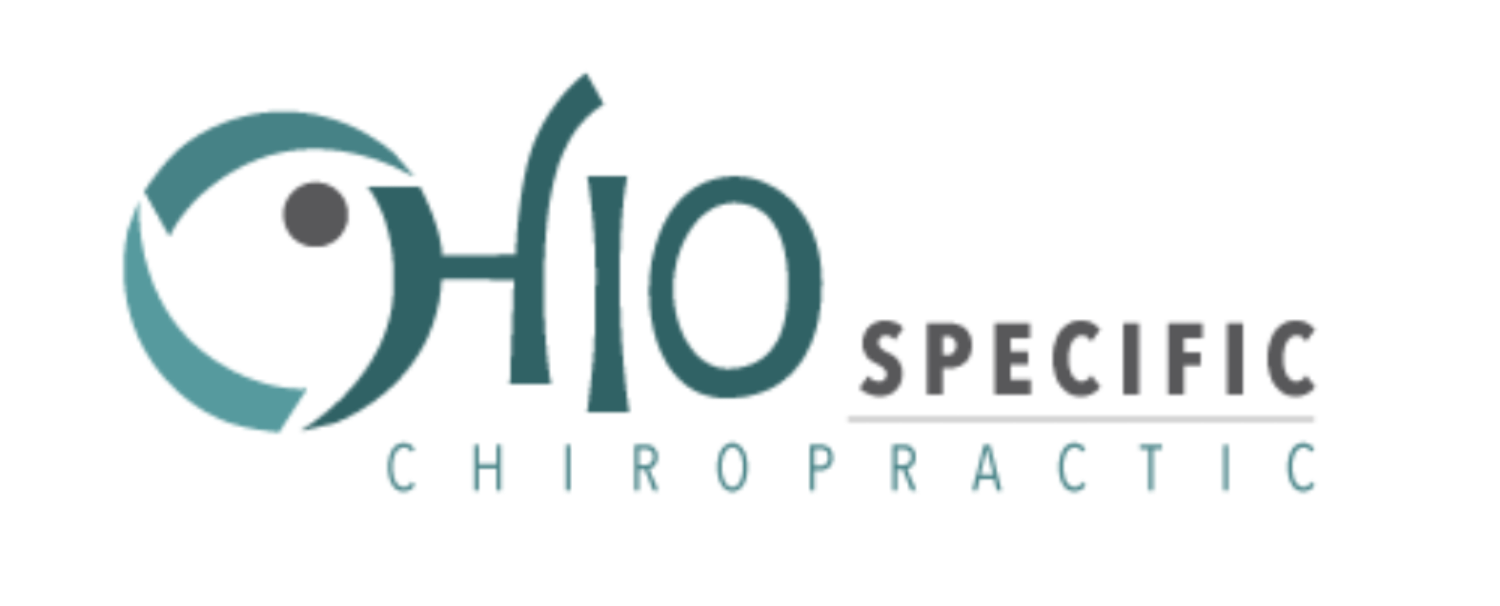Sciatica and the Upper Cervical Spine
In the upper cervical spine, there are four main structures to focus on. They are:
The Foramen Magnum of the Occipital bone
The Atlas vertebra (1st cervical bone)
The Axis vertebra (2nd cervical bone)
The Brainstem of the Nerve System.
The Brainstem exits from the Foramen Magnum. The Atlas and Axis bones protect and surround the Brainstem. The brainstem connects all the nerves from the brain to the nerves of the body.
Regarding Sciatica the secondary focus is on the sciatic nerve.
The sciatic nerve is the largest nerve in the human body. It passes deep in the buttock and down the back of the thigh all the way to the heel and sole of the foot. The sciatic nerve serves a vital role in connecting the spinal cord with the skin and muscles of the thigh, leg, and foot.
The Nerve System in general has four main functions:
It controls all the movements we make
Senses everything we feel
Regulates all our body organs
Relates us to the outside world
When nerves get stressed, it effects their sensitivity, perception and behavior to perform these functions. There are three types of stresses we deal with in life. The stresses are physical, chemical and emotional in nature. These stresses create nerve tension and spine imbalance.
One specific job of the brainstem is to adapt to these stresses and help bring the spine back into balance. If the stresses are too great for the brainstem to adapt, compensations arise. One particular compensation that occurs in the upper cervical spine is a vertebral subluxation.
A vertebral subluxation will cause the Atlas and Axis bones to get locked in a misaligned position. This lock will perpetuate spine imbalance and Nerve System tension. This tension will lead to abnormal sensitivity, perception and behavior of the brainstem and connecting nerves. Nerve System function is disrupted.
Over time, this disruption can lead to symptoms of the involved nerves. The usual symptoms of Sciatica are:
Pain, altered sensation and/or weakness that radiates from the lower back or buttock to the thigh and down the leg. The symptoms are usually more severe in the leg compared to the back.




